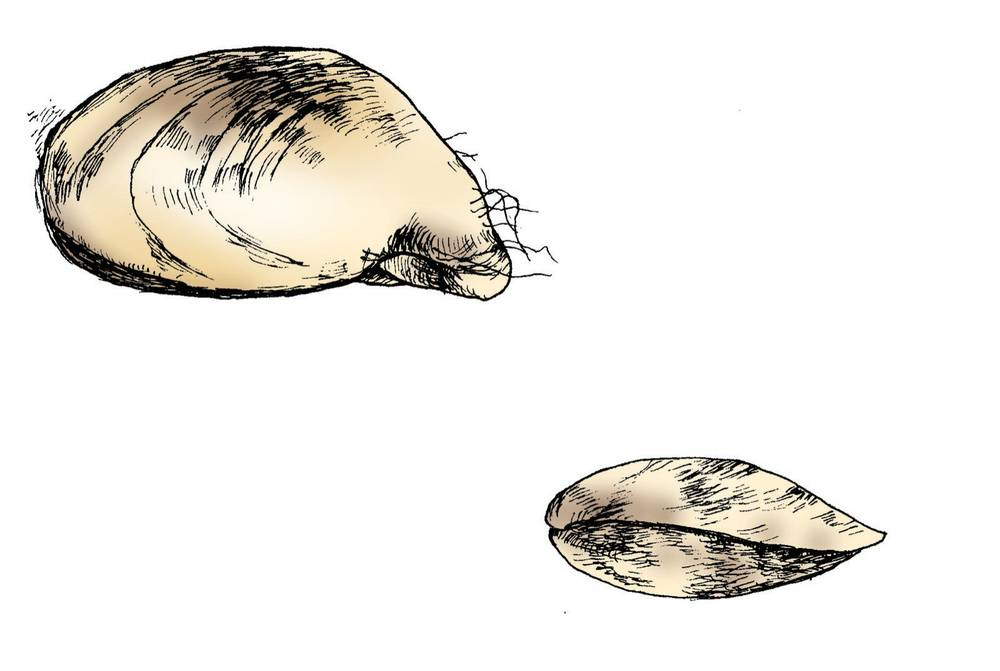We know tourists come here by the millions. But mussels?
Native to the Ukraine, quagga mussels turned up in North America in the Great Lakes in 1989, according to the U.S. Geological Survey, and then eventually hitched a ride by boat to Lake Mead. Apparently, they really like it here. The first successful “cohort” of the mussels was identified in the lake in August 2005. Now, the total number has grown to an estimated three trillion. That makes them, says UNLV professor David Wong, “arguably the largest invasive species in freshwater systems in North America.”
With female mussels capable of reproducing one million offspring in one reproductive season, it’s no surprise that the numbers have grown so fast. But while agencies ranging from the National Park Service to the Southern Nevada Water Authority have taken to monitoring the little buggers, do they pose any danger to the city’s water supply?
More
- From the Archives
- Bad frogs (9/18/08)
- From the Sun
- Trillions of invasive mussels in Lake Mead (Las Vegas Sun, 6/25/09)
- Lake Mead fish levels drop (Las Vegas Sun, 3/4/09)
- Get rid of pest? Not if it turns tap water pink (Las Vegas Sun, 7/21/07)
- Lake Mead mussels identified as quagga, not zebra (Las Vegas Sun, 1/13/07)
J.C. Davis, spokesman for the SNWA, describes the mussels mostly as “an operational headache that has to be managed.” Screens on the intake pipes have to be cleaned three times a year, but chlorine can neutralize the mussels. (The authority’s main concern is to make sure the mussels get no farther than the pumping facility—after that water goes to a treatment plant and then is released into the system.)
There are potential recreational impacts, though. Stepping on them is like walking on broken glass, Davis says, and they are disrupting the food chain, contributing to a decrease in fish size and population across the lake.
So what happens from here? According to Wong, there are basically three theories. “Some theories say they grow, then suddenly collapse because they have no food to sustain them. The other theory is that at some point they’ll sustain their population.” The third theory, he says, is that the quagga population will cyclically rise and fall—this is the scenario he suspects is most likely to play out.
So, don’t expect these little critters to ever really go away, but spotting them should be easy—because they filter small particles from the water, they have already increased the lake’s clarity.








Previous Discussion: